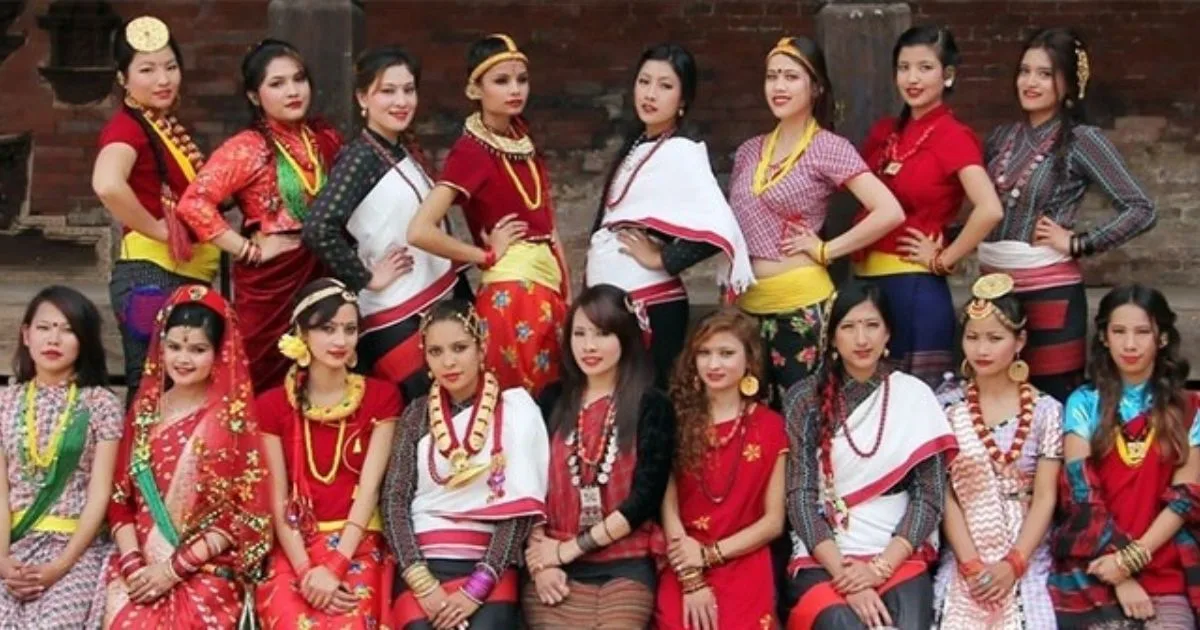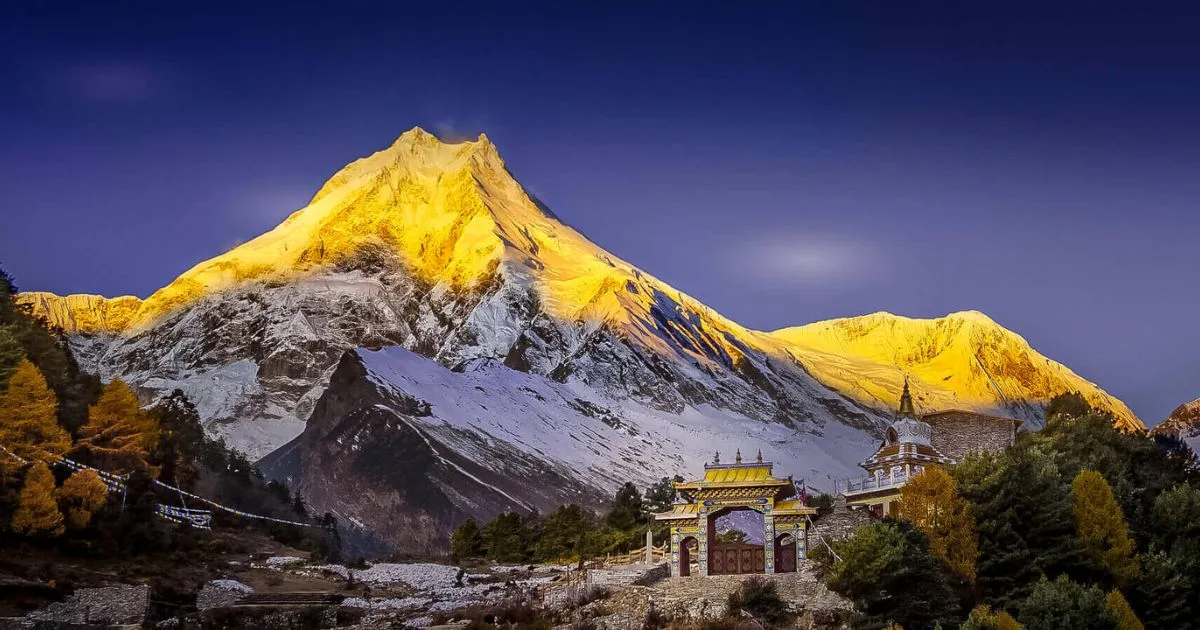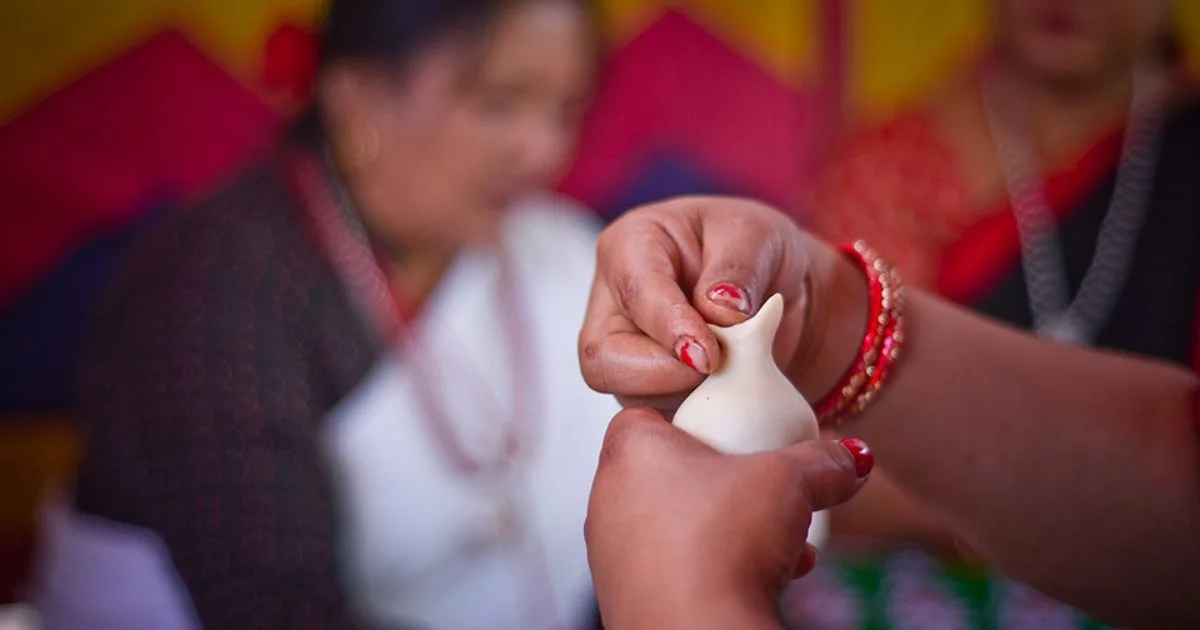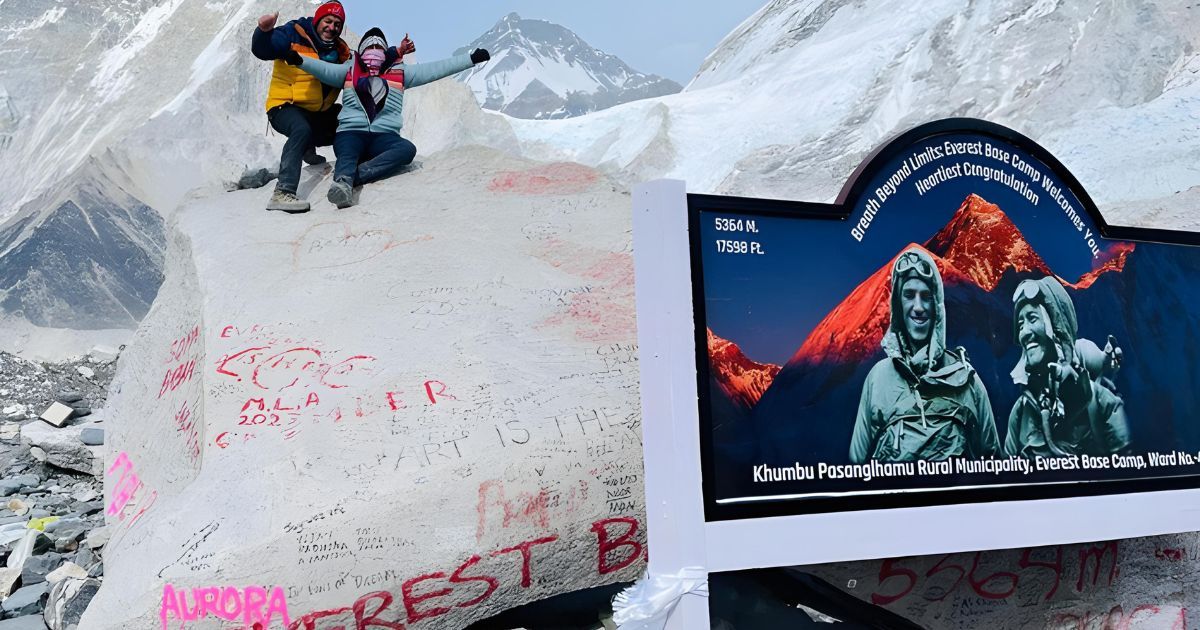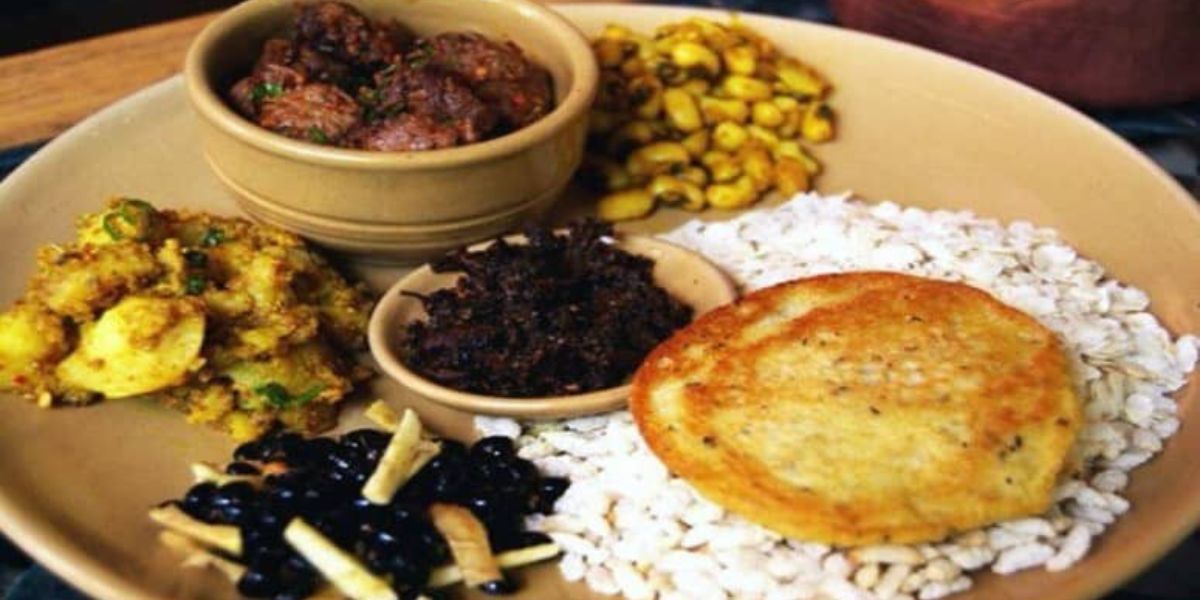Annapurna I, standing at 8,091 meters (26,545 feet), claims the title of the tenth highest peak globally and is nestled within Nepal’s Annapurna massif. This majestic range boasts numerous summits exceeding 7,000 meters and is geographically defined by the Kali Gandaki Gorge to the west, the Marshyangdi River to the north and east, and the […]
A Tapestry of Traditions: Nepal’s Lifestyle Unraveled
In the heart of the majestic Himalayas lies a land rich in cultural heritage and traditions – Nepal. Like a vibrant tapestry woven with threads of history, spirituality, and community, Nepal’s lifestyle is a captivating blend of ancient customs and modern influences. In this enchanting country, every facet of life is infused with a deep […]
A Glimpse into the Manaslu Region
Nestled within the South Asian region, Nepal stands as a testament to natural splendor, boasting majestic mountains, rolling hills, and meandering rivers that paint a picture of unparalleled beauty. The crown jewel of Nepal is undoubtedly the Himalayan Mountain Range, dominating its northern horizon with iconic peaks like Mount Everest, a beacon for adventurers worldwide. […]
From Momos to Dal Bhat: Unveiling the Rich Diversity of Nepalese Cuisine
Nepalese cuisine is a tapestry of flavors, textures, and aromas that reflects the country’s diverse cultural heritage and geographic landscapes. At the heart of Nepalese cuisine lies the quintessential comfort food: Dal Bhat. This staple dish consists of steamed rice (bhat) served with lentil soup (dal), accompanied by a variety of side dishes ranging from […]
Unspoken Truth: The Sex Business in Nepal
The sex business (prostitution) is one of the oldest professions in the world, in which sexual services are exchanged for money or any other form of compensation. Sex business, or prostitution, is not an illegal service in most parts of the world, but it is a complex topic with varying legality and social views around […]
Living Like a Local: Immersive Homestay Experiences in Nepal
Welcome to the enchanting world of Nepal, where every corner tells a story, and every encounter leaves an indelible mark on your soul. Amidst the majestic Himalayas and the serene valleys, lies a unique opportunity to delve deep into the heart of Nepalese culture through immersive homestay experiences. Far beyond the confines of conventional accommodation, […]
Why Nepal?
Nepal, a landlocked country full of beauty located in southern Asia, is also considered the “roof of the world” due to its presence of the Himalayas, including the world’s highest peak, Mt.Everest (8,848 m). Nepal includes its rich beauty of mother nature, the top eight highest peaks in the world, cultural richness, good values, norms, […]
Adventure Awaits: Thrilling Activities to Experience in Nepal
Prepare to be captivated by the allure of Nepal’s adventurous spirit as we dive into a world of excitement and adrenaline. ‘Adventure Awaits: Thrilling Activities to Experience in Nepal’ is your gateway to discovering the pulse-pounding activities that define this mountainous wonderland. Whether you’re scaling towering peaks or navigating wild rivers, Nepal promises an unforgettable […]
Is the board on Everest base camp replacing the iconic stone?
Everest Base Camp is a dream place for many trekkers to get in and explore and have a photograph with big, gigantic stones for the memories of getting into the base camp. But recently, the board in front of the gigantic stone has questioned many about whether the board is going to replace the iconic […]
Beyond Everest: Exploring Nepal’s Food Trails and Hidden Culinary Treasures
In ‘Beyond Everest,’ we invite you to step off the tourist trail and immerse yourself in the vibrant culinary landscape of Nepal. Join us as we traverse rugged terrain and bustling city streets in search of the country’s best-kept food secrets. Prepare your taste buds for a journey of discovery as we venture beyond the […]


